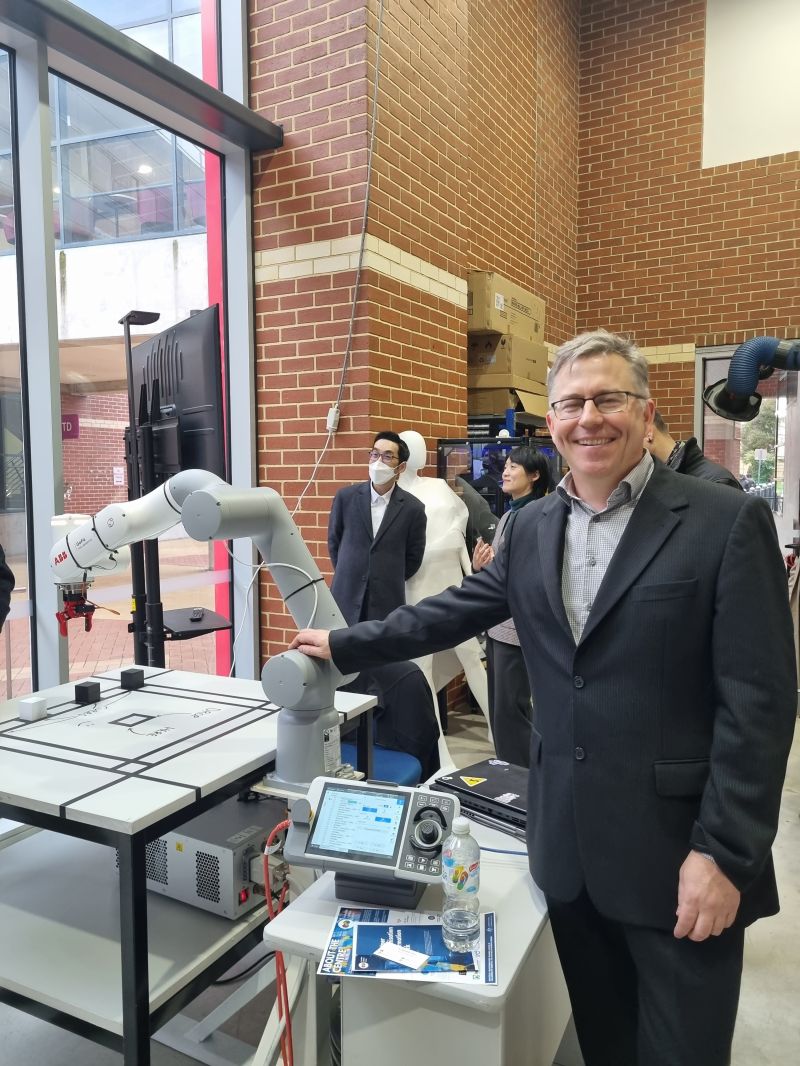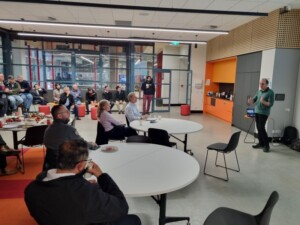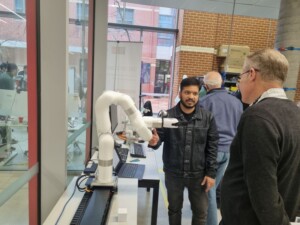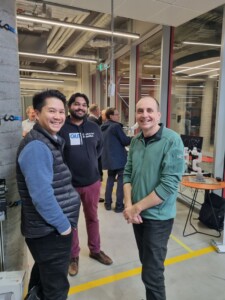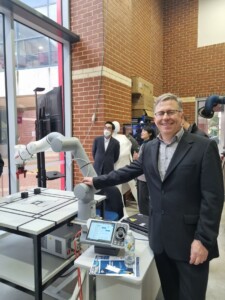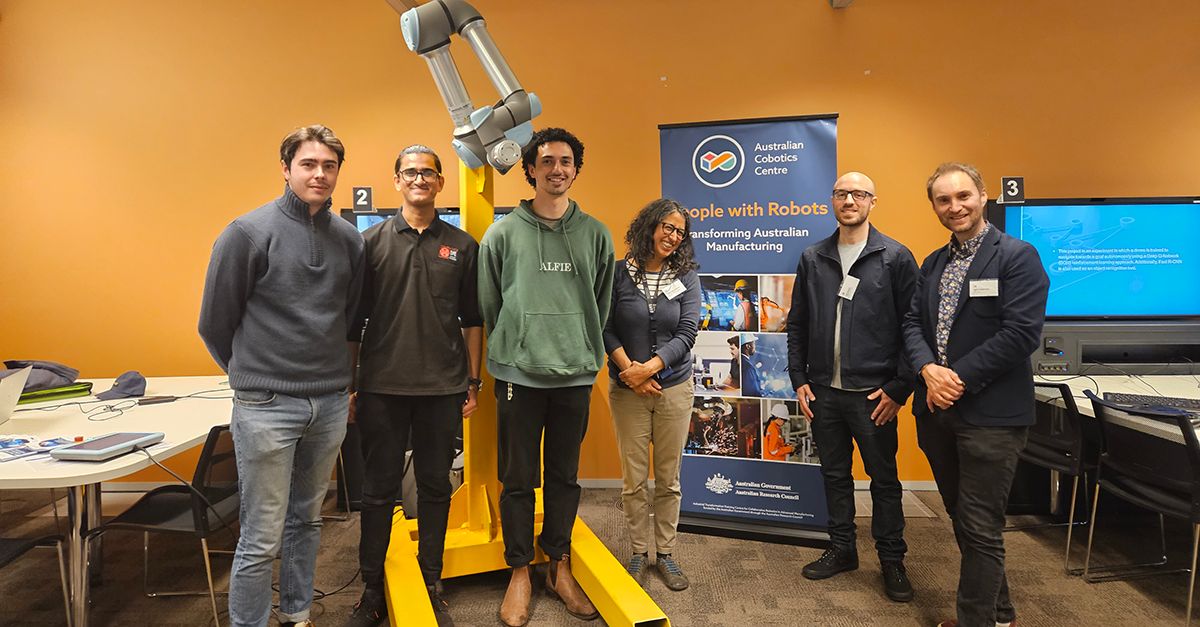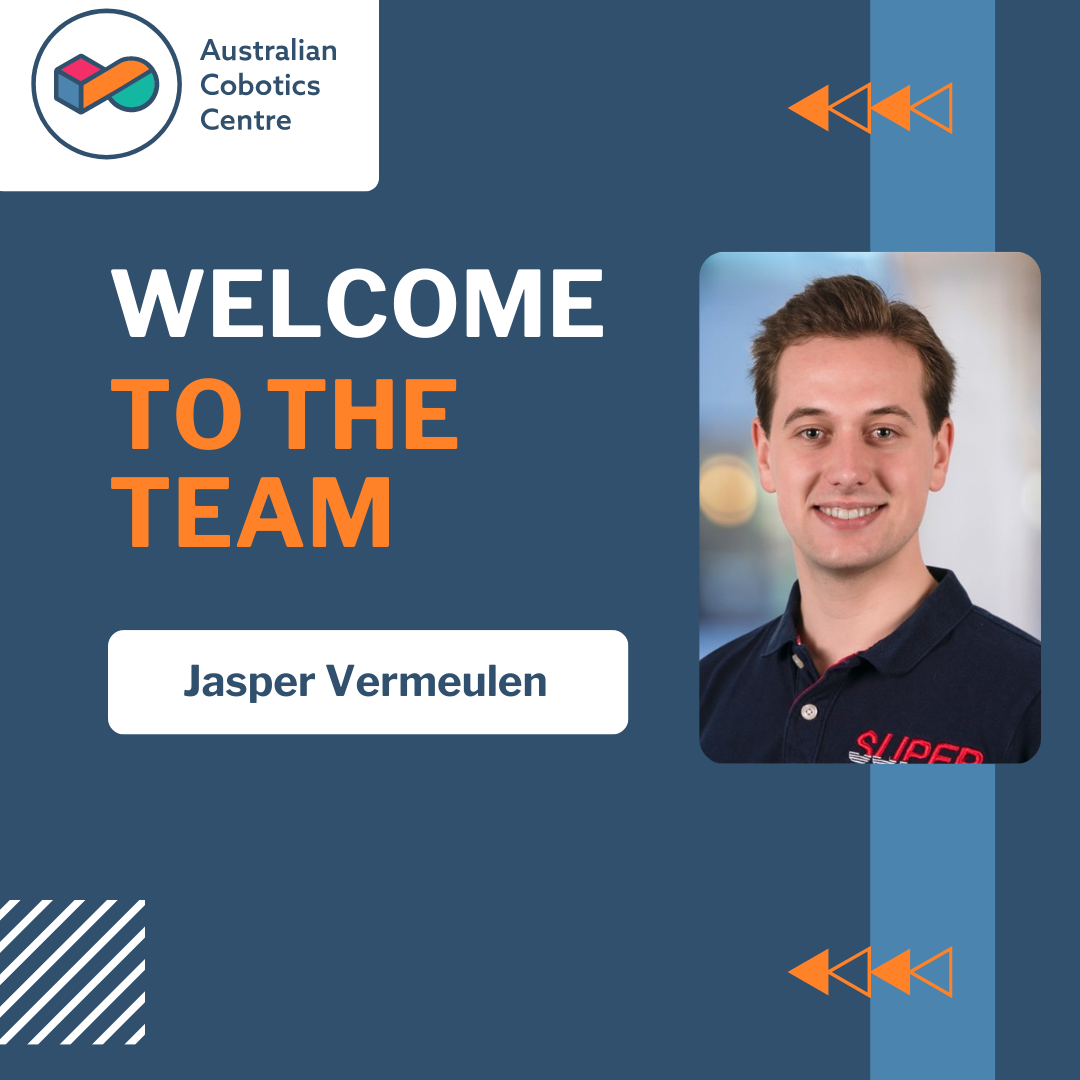 The Australian Cobotics Centre has some incredibly E.P.I.C. researchers. Each month we will be profiling a different researcher.
The Australian Cobotics Centre has some incredibly E.P.I.C. researchers. Each month we will be profiling a different researcher.
Munia Ahamed is a PhD Researcher in the Quality Assurance and Compliance research program at the Australian Cobotics Centre. Her research will monitor and document outcomes of collaborative robot activity.
We interviewed Munia recently to find out more about why she does what she does.
-
Tell us a bit about yourself and your research with the Centre?
As a data analyst for sustainability-related projects, I have always been driven by the desire to promote sustainable practices and make a positive impact on industries. My experience working with the United Nations Global Compact allowed me to witness the importance of aligning businesses with sustainable development goals. However, during my time in Malaysian manufacturing industries, I encountered several challenges that highlighted the need for a more comprehensive approach to sustainability, quality assurance, and worker well-being in the context of Industry 4.0. The manufacturing industry is rapidly evolving with the adoption of advanced technologies such as COBOTs and industrial robots. While these technologies offer immense potential for improving efficiency and productivity, they also bring about concerns related to job security, worker training, and sustainable production practices. It became clear to me that there was a lack of emphasis on these critical aspects within the industry.
-
Why did you decide to be a part of the Australian Cobotics Centre?
Joining the Australian Cobotics Centre was a natural choice for me. The center’s focus on Cobotics and industrial robots provided an ideal platform to address these challenges head-on. Through my project I will develop theoretical guidelines specifically tailored for manufacturing industries that have adopted COBOTs, we can bridge the gap between academic research and industry practices. These guidelines will encompass various dimensions of manufacturing, including leadership, management, workplace conditions, and product quality. By offering a holistic framework, we can ensure that manufacturing industries not only adopt COBOTs effectively but also prioritize sustainability, quality assurance, and worker well-being. The ultimate goal for my project is to achieve zero-defect manufacturing by minimizing waste and optimizing production processes. Moreover, by evaluating the return on investment (ROI) for stakeholders, our guidelines will help companies make informed decisions about adopting COBOTs and industrial robots. This analysis will provide valuable insights into the financial benefits and long-term viability of such technologies, fostering greater confidence in their adoption. However, it’s not enough to develop theoretical guidelines alone.
-
What project are you most proud of throughout your career and why?
As for the project I would be most proud of throughout my career, it would likely be the development of the theoretical guidelines for manufacturing industries adopting COBOTs. This project holds significant importance as it addresses real-world challenges faced by the manufacturing industry. By bridging the academic gap and offering practical solutions, these guidelines have the potential to positively impact the industry, improving the quality of products, optimizing production processes, and empowering workers.
-
What do you hope the long-term impact of your work will be?
The long-term impact of our work lies in the practical implementation and testing of these guidelines in real industry workflows. By collaborating with manufacturing companies and integrating the guidelines into their operations, we can assess their effectiveness, identify areas for improvement, and continuously refine the framework. This iterative process will ensure that the guidelines remain relevant, adaptable, and aligned with industry needs.
-
Aside from your research, what topic could you give an hour-long presentation on with little to no preparation?
In terms of a topic for an hour-long presentation, with my background in sustainability-related projects and experience as a data analyst in diversified manufacturing industries, I could give a presentation on “Sustainable Manufacturing in the Fourth Industrial Revolution (IR4): Strategies for Quality Assurance and ROI.” This presentation could delve into the challenges faced by the manufacturing industry in adopting sustainable production practices while leveraging advanced technologies. I could explore the importance of quality assurance in the context of sustainability, discuss the potential benefits and barriers of IR4 technologies, and present practical strategies and guidelines to achieve sustainability goals while ensuring a positive ROI for stakeholders.
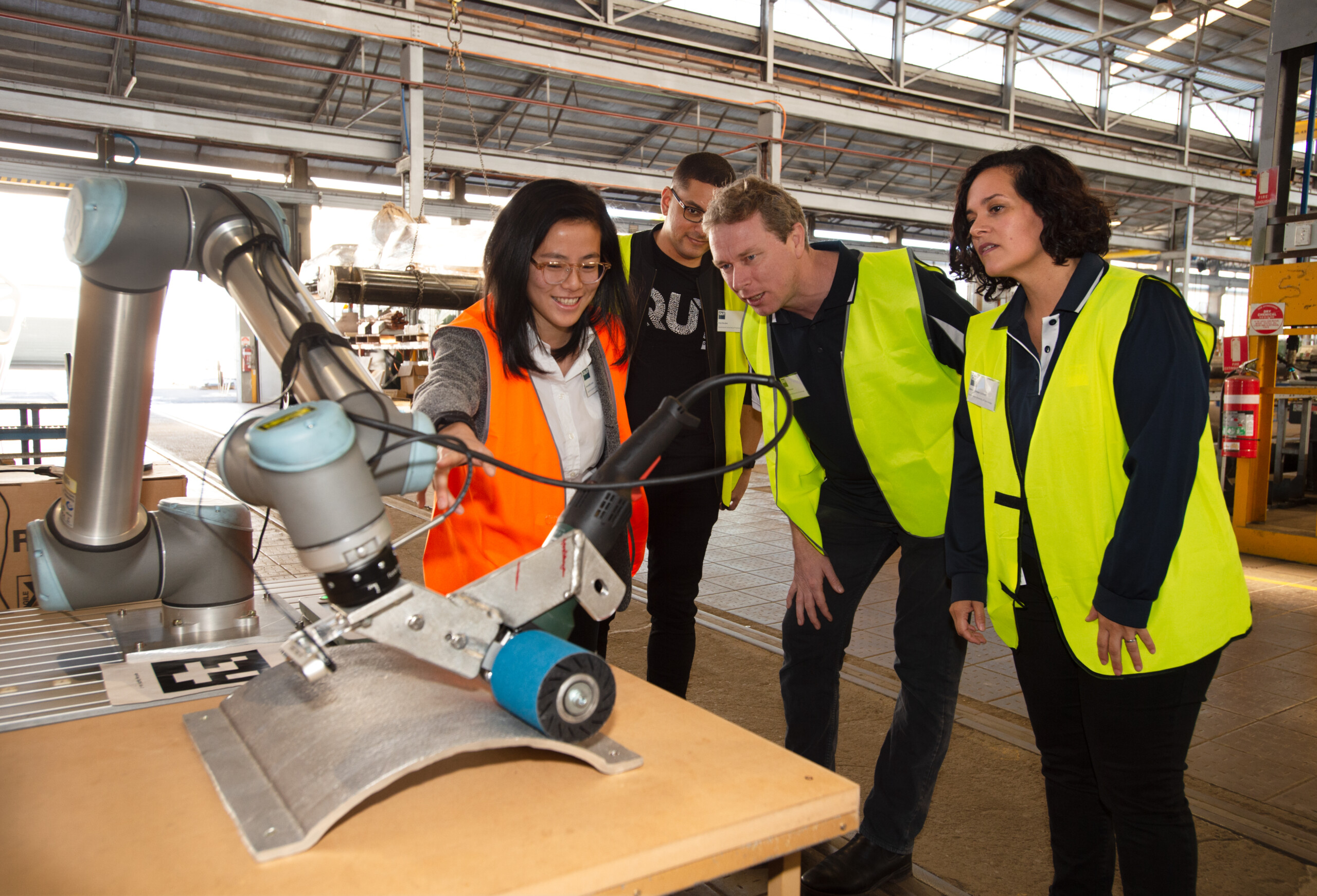
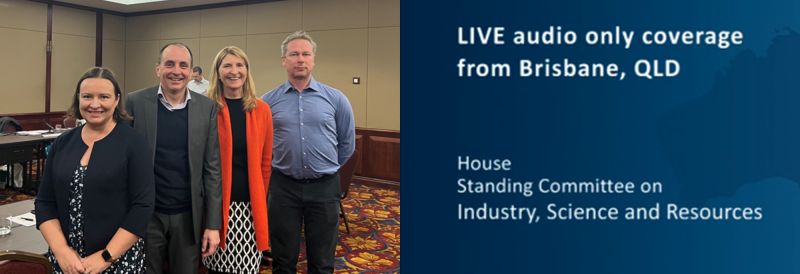

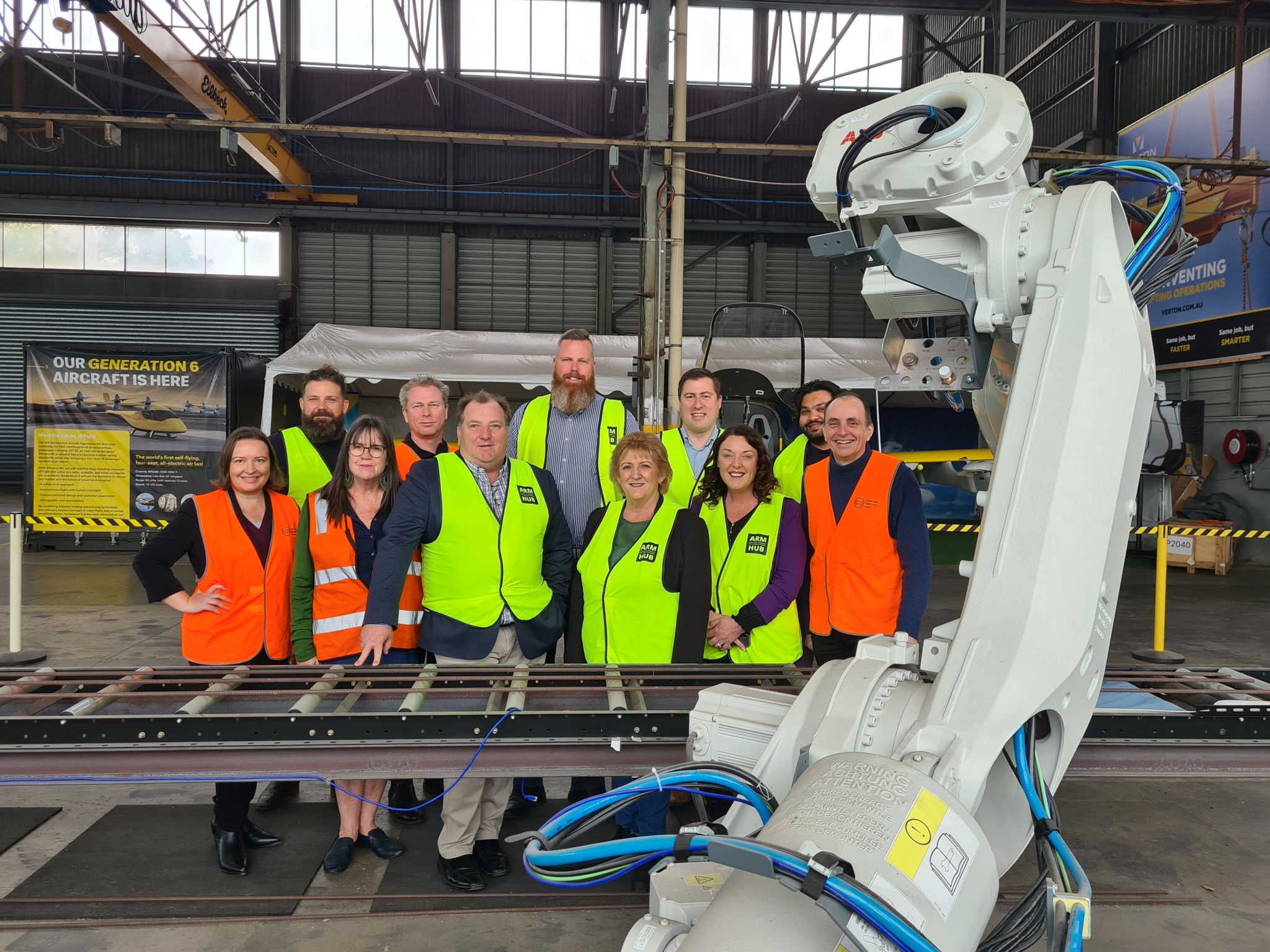
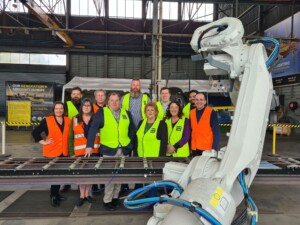
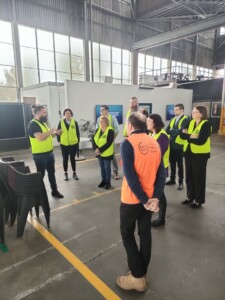
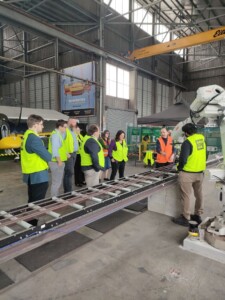
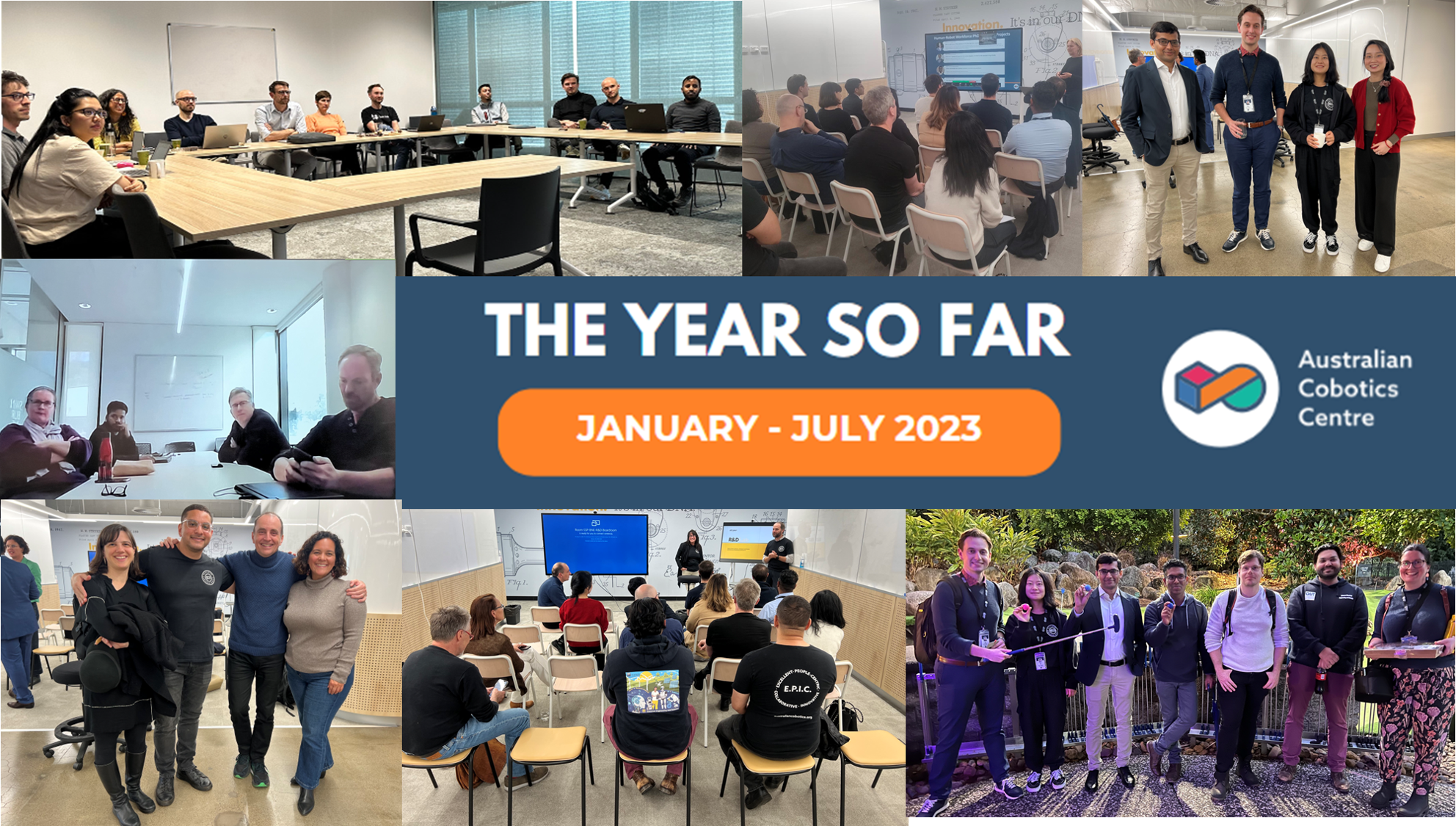

 The Australian Cobotics Centre has some incredibly
The Australian Cobotics Centre has some incredibly 
